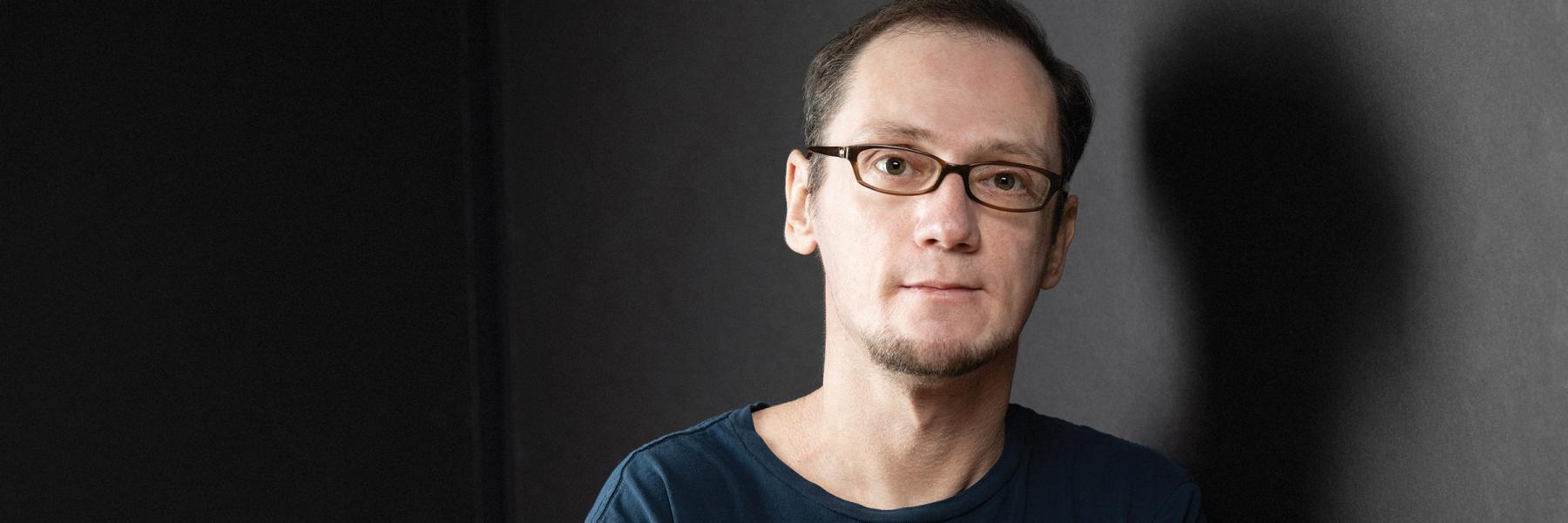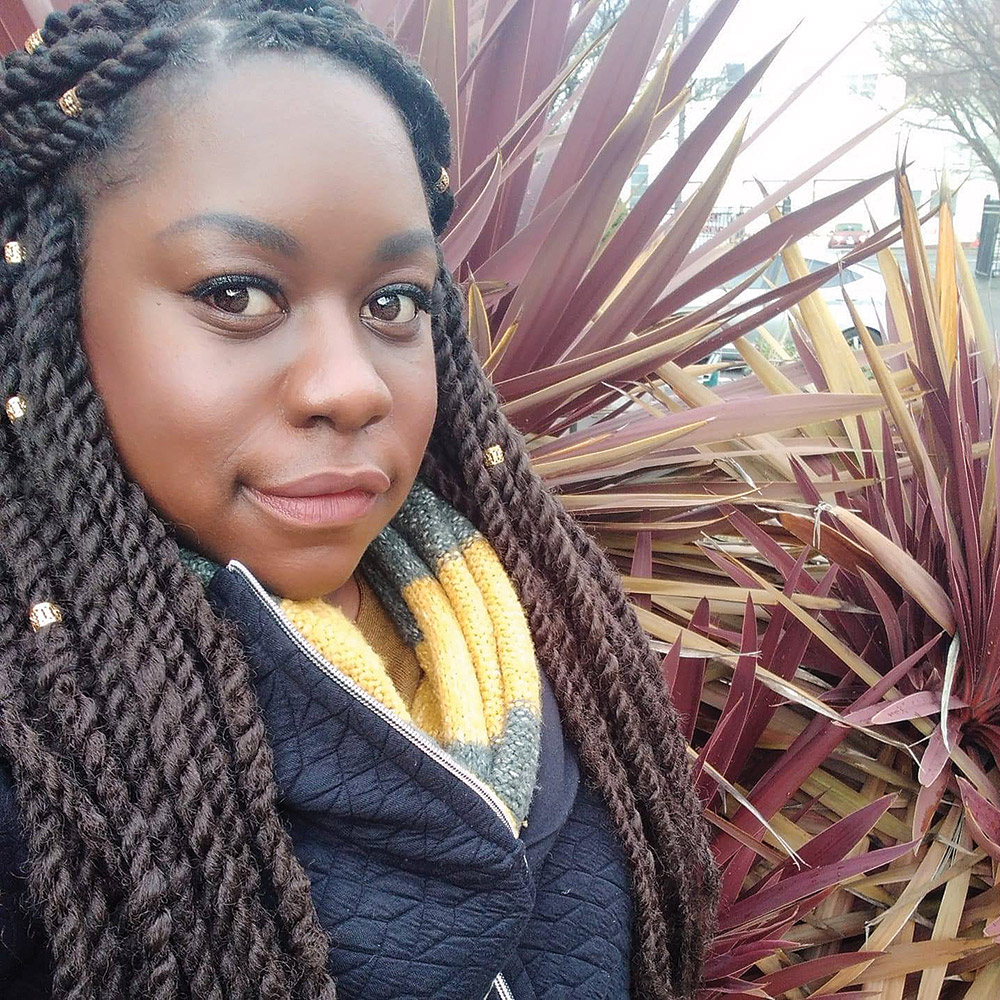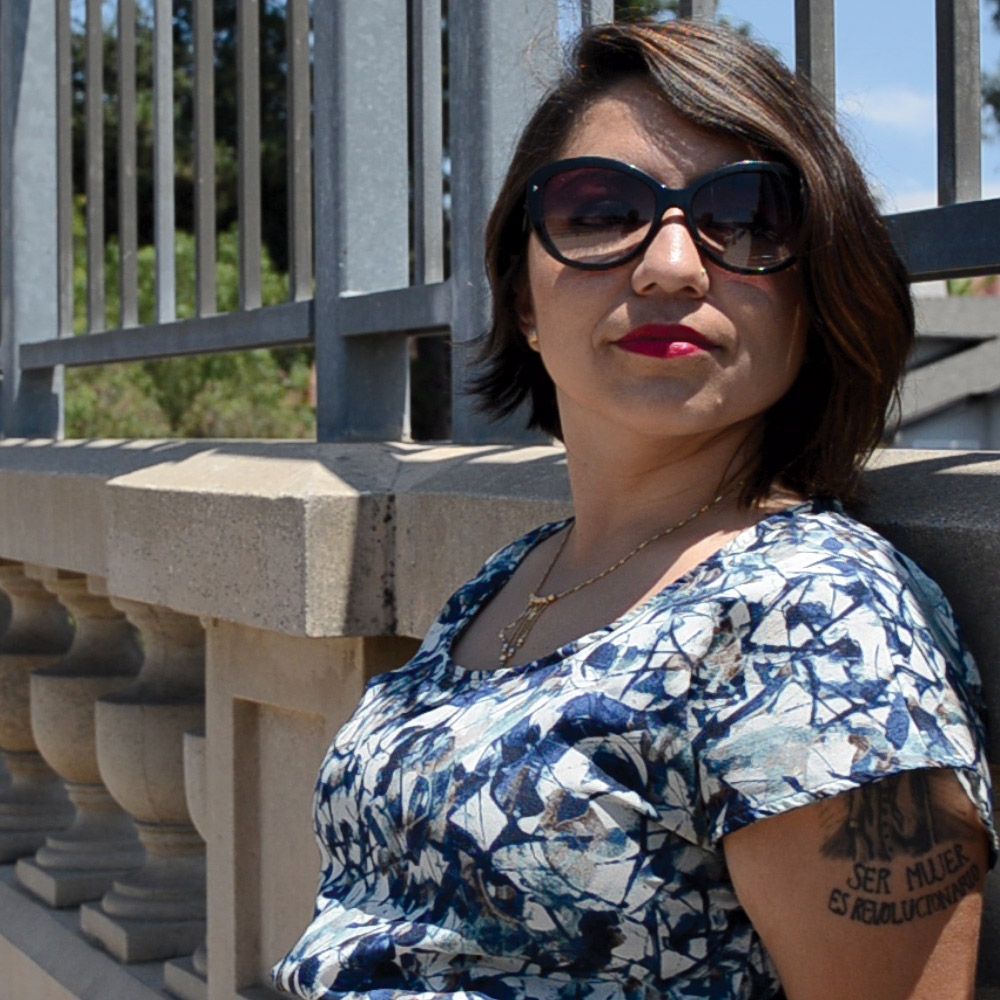
With growing attention now focused on older people living with HIV, it’s easy to forget the young people, now mostly into their 30s, who acquired the virus in childhood. They too are long-term survivors aging with HIV. They’re just not what many people think of when they hear the words “long-term survivor” or “aging with HIV.”
“When I hear a lot of information about aging or long-term survivors, a lot of times those two are mistakenly intertwined,” says Grissel Granados, who acquired HIV around the time of her birth 36 years ago.
“Yes, there are folks who were adults, or young adults, when they acquired HIV,” Granados continues, “but then there are also those of us who were born with HIV or acquired it in childhood and who are still under 50. We’ve been living with HIV longer than a lot of people who are also long-term survivors. We have been on medication for decades, and so we can experience a lot of similar issues that our older counterparts are facing as well.”
It’s not a question of pitting one group against another. Since the prediction was made that the majority of people living with HIV would be over 50 by the year 2015 (CDC didn’t make it official until 2018), a lot of attention has gone to this group.
But clearly, long-term survivors are not only people over 50.
Stigma. Pill fatigue. Complications from the virus. Time may not heal these wounds. Twenty years is twenty years, whether you started at age 25 or at five years old.
As Granados noted when titling the 2016 documentary she produced to remind the world that many children had also survived: We’re Still Here. (See the July+August 2016 issue of POSITIVELY AWARE.)
“I am a long-term survivor of HIV and I am also 30 years of age,” says Tranisha Arzah, a writer and activist. “That may be odd to hear for some, but it’s actually nothing new. We were just the children, the grandchildren, and the kids who needed blood transfusions [or in Granados’ case, her mom].
“Long-term survivors are defined as having an HIV/AIDS diagnosis before 1996. They share those earliest and darkest years of the epidemic when there were no effective treatments. We were there too,” says Arzah. “We went through those dark ages along with the world, but we just didn’t have a platform or a voice yet.”
Cameron Siemers, 39, was diagnosed with HIV at age seven from a blood factor he received to treat his hemophilia at age three. “It’s not like young survivors are forgotten about. It’s more like we’re never really thought of at all,” Siemers says.
“It’s not better or worse, it’s just different,” he says. “A lot of us who grew up with it have different issues and different problems and relating, in general, is harder. I’m not gay, and I’ve met plenty of gay people and they’re brave and amazing, but as far as relating in certain support groups, there are so many different problems they have that I never really had to face. A lot of us talk about that, how the support groups are mostly geared towards—and rightfully so—the gay and transgender population.”
Siemers finds a special solace from other people his age who also grew up with the virus, no matter their differences.
“The bonds I have with people who’ve grown up with HIV—there’s almost an instant connection when I meet somebody new, even now, and I’m not that young anymore. But the ones I have with the people I grew up with are amazing,” says Siemers. “Having had that connection as a kid really helped me a lot, and I think helped them as well. I guess it’s just like, Oh, you get it. That feeling of not being alone was, and still is, very supporting. We all as a kid didn’t really come out. It was a secret we had for a long time.”
Young people, however, come of age and scatter across the country for school, work, and other opportunities. The children who met in summer camps for those living with HIV and became lifelong friends are no longer able to go to dinner or socialize together. Fortunately, all three say that online is where they’ve found long-term survivors of their generation connecting, even before the isolation of the COVID-19 stay-at-home orders.
Arzah is emphatic: “We hope to have our space one day where we can reconnect or connect for the first time as long-term survivors born with HIV or acquired HIV at childhood age, just as our fellow long-term survivors have had in the past.”
As people reach out for connection one way or another, in HIV, the idea that “aging” represents a certain age seems to remain. Thankfully, that is changing.
“The Reunion Project has long supported and been inclusive of people born with HIV as long-term survivors,” says Matt Sharp, co-founder of the national network of long-term survivors of HIV. While there is currently no young long-term survivor on the network’s expanded steering committee, it remains a priority to include them in leading their efforts going forward.
Granados agrees that advocacy efforts and events aimed at long-term survivors are increasingly recognizing younger people. At the same time, she sees younger people speaking up more for themselves.
“Over the past few years there’s been an increase in inclusion,” says Granados. “I think also that just like my peers have gotten older, they have gotten more vocal. I see us represented a little bit more, at least socially, when people are talking about long-term survivors.
“But it’s still not like the go-to. It’s not what people immediately think about. But I do feel like the community of long-term survivors is starting to be more aware and more inclusive of us. Which makes me happy,” she says.
‘I am a long-term survivor of HIV and I am also 30 years of age. That may be odd to hear for some, but it’s actually nothing new.’ —Tranisha Arzah
“Oftentimes we’re left out of the aging with HIV community, but yes, we’re aging too,” Arzah notes. “We share similar health complications and experiences of feeling isolated, but it may just look different. Of course, we’re different generations, but it’s so important that different generations listen to each other, because we have so much to learn from each other and to connect over. At the same time, it is important for us and the public to witness our different lenses as long-term survivors of HIV.”
Emily Carson, 36, became interested in HIV advocacy at the age of 12 when a friend at school was mistreated for having the virus. She began volunteering with Y+, an international organization working on behalf of young people living with HIV.
“When the focus 10 years ago moved to aging with HIV, when we hit that 30-year mark in the epidemic, it was really clear that young long-term survivors weren’t being a part of that conversation,” she says.
“Advocate for yourself. And advocate for your friends,” Carson advises. “A lot of the social groups, and the art therapy groups, and the having-dinner-together and getting together and sharing needs to continue. This weird thing is happening to me; is it happening to you too? Because I don’t know what this is. Because we’re not getting back to normal in the near future. But we can do those things online.”
“Where I see the lack of representation right now is in research, but also in just supporting one another and being able to create spaces where we can connect socially and get emotional support,” Granados says. “I feel like that continues to be a need, although we really have taken it into our own hands. Folks have really started to connect on their own through social media.”
Both Granados and Carson expressed concern about research in young long-term survivors.
“It’s interesting to look at people I know who were born with HIV or seroconverted when they were very young and see the same effects and the same medical issues as a lot of the people who are older, in their 50s and early 60s, or who have had HIV for 20 or 30 years,” says Carson. “They’re having a lot of the same symptoms and syndromes. Medical issues and issues with drug adherence. Drug access, because a lot of the medications don’t work anymore. They really got tested on, because they didn’t have pediatric formulas. A lot of people I know are on their last-chance drugs at this point. What does that mean for the next 35, 40 years of their lives? There’s early onset dementia. I’ve seen it in my friends. And they’ve seen it within themselves.”
“Right now, when I’m hearing a lot of the information about how HIV impacts folks who are aging, it’s just so vague, because I’m aging too,” says Granados. “I’ve been living with HIV just as long. So that’s what I’m curious about. In terms of issues that come up, does it have to do with age or because we’ve been living with HIV so long and have been on medication this whole time and all of that. But there doesn’t seem to be too many answers about what I should be expecting at my age even now.”
‘I see us represented a little bit more, at least socially, when people are talking about long-term survivors.’ —Grissel Granados
Granados, who holds a master’s degree in social work, continues working during the pandemic at the Children’s Hospital in Los Angeles. As HIV Prevention Manager for the hospital, she hasn’t worked at home during COVID-19 because her clinic remained open. Arzah works full-time with the Louisiana SPCA and contributes writing from her home in New Orleans. Carson, who grew up in the states, mostly New York, and struggles with a genetic condition, works at Uplift Kitchen in Toronto, helping to counter food insecurity.
Siemers hasn’t been as lucky. He had to leave his job in health care. He had a kidney transplant five years ago. Although he felt immediately better after receiving his mother’s kidney, he spent three years on dialysis, a grueling process for someone as small and thin as he is. It also took a long time to find himself at the University of California Los Angeles (UCLA), with many resources and where experts could take care of his hemophilia, HIV, and heart disease, and perform his transplant. “All that’s taken a toll,” he says. “It’s the effects of being sick so long, and trying to find a normalcy in life that’s difficult to do. I think a lot of people I know who are growing up with HIV are just trying to be normal.”
All four say they’ve lost friends, first in childhood, and then childhood friends and newer friends later in life. Like Granados, who also grew up in Southern California, Siemers made lifelong friends at Camp Laurel for kids with HIV, and at Dream Street Camp, for children with physical disabilities.
“One of the kids who I knew since he was 13, we were actually in the same hospital at the same time, and had the exact same thing wrong with us,” Siermers says. “We shared a room and he … he passed away. And back then, when I was around 20 or 21, to see somebody I know and saw grow up, it was jarring for me. As of now, I’m doing really well, and all my friends from back in our youth, with the treatments—it’s doing a lot of good. But it’s still a concern, even now, because we’ve been infected so long that we have so many different problems from the disease, we don’t know if something’s going to come up and, you know, make us sick again.”
Siemers continues to speak out about HIV publicly when he can. “I’ve had very rare experiences where I’ve had to deal with people acting ugly towards me. And people have no idea about HIV and AIDS. They think it’s still a death sentence. They think you can get it through touching. It’s really weird to hear at this time. And I live in California, which is like, the most liberal state in the country, and there is so much misinformation, or lack of information, about HIV and AIDS. And having that stigma, when you do feel it, is one of the worst feelings ever, that people won’t even come near you or touch you.”
Siemers has a super power in a nonprofit he started in 2008, raising money for “life grants” for young people with life-threatening illnesses to help them achieve a dream job. Some are still contributing to the work they began more than 10 years ago.
“We give them money for a project they can do in the community that helps them and somebody else. We give them something that they can do beyond their life expectancy. I didn’t know what to do because I really wasn’t planning on a future. I just pretty much lived day by day. And when things like the future come up, a lot of people in my position are confused.
“One girl went to Africa, through a nursing program in her church, and lived in a village, and helped out a clinic nearby. She is amazing. Our applicants come up with incredible ideas. That’s my favorite part, meeting them and hearing what they have to say and what they want to do,” he says. “What do we do for a life we weren’t supposed to have? So we try to provide a little support for that.”
Arzah continues to blog. We’re Still Here from Granados has definitely left its mark, and Siemers is looking to produce a podcast with friends, including fun things in the mix.
Many long-term survivors had a life before HIV. They didn’t.
They’re still here.
Go to cameronsiemers.org for more about his foundation.




